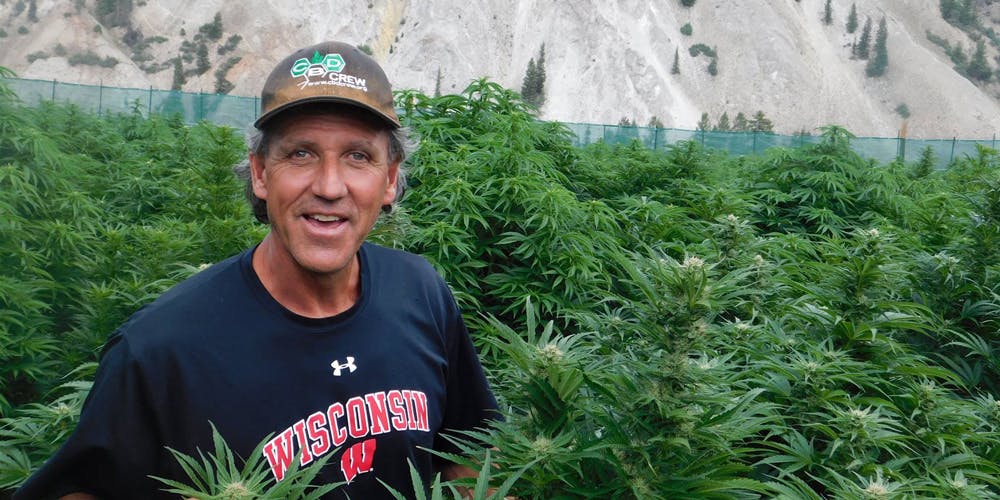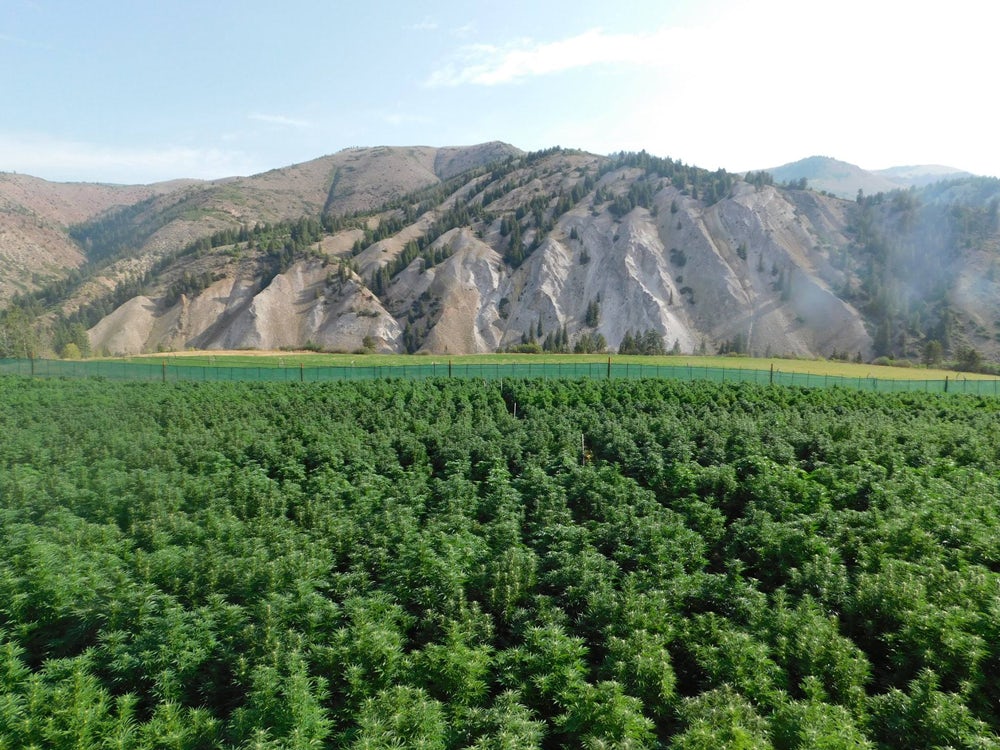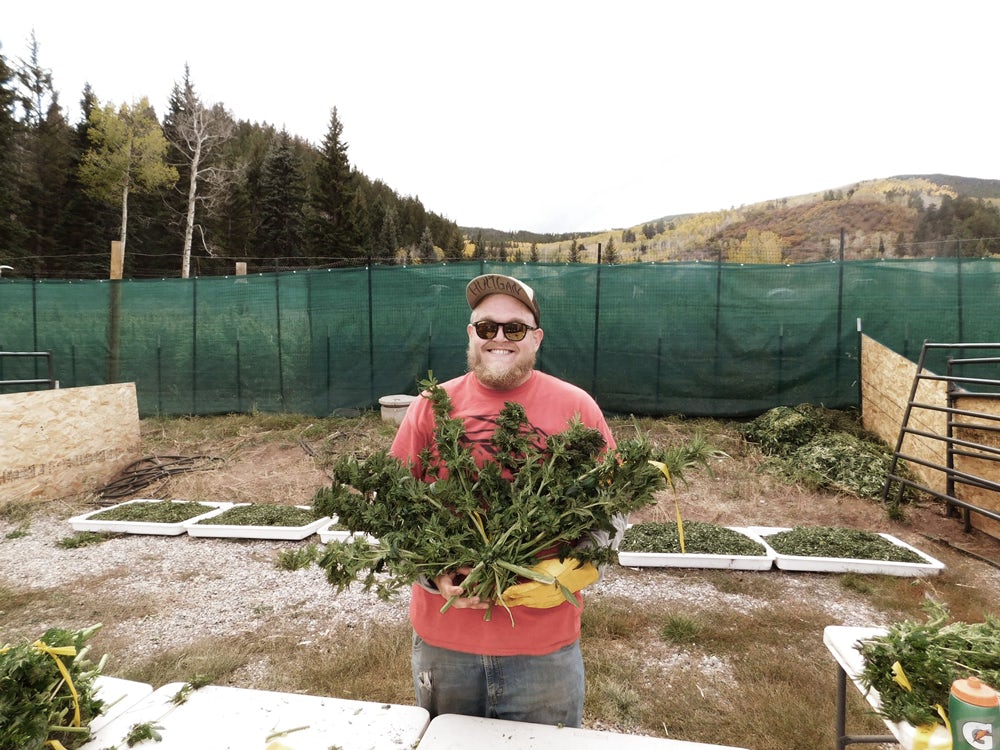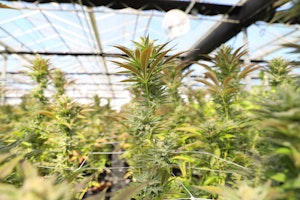
Photo courtesy of Pot Zero
This off the grid couple is revolutionizing outdoor weed farming
Cannabis could hurt the planet if cultivation practices don’t change. One husband and wife are leading the charge.
As the marijuana industry continues to spread across the country, its impact on the environment has become a chief concern for regulators and cultivators alike. One weed farm, high in the western Colorado mountain range, believes it has the answers.
Rob Trotter and his wife, Linda, had been living off the grid and operating their mountain farm for a quarter century. But it wasn’t until the spring of 2015 that they started using their land to grow cannabis. For the last three years, the couple has dedicated their lives to finding new ways to reduce the impact marijuana farming has on the climate.
The Trotter’s weed farm is high in the mountains, at 8,200 feet, far from civilization. The nearest community is the small town of Gypsum, where the elevation (6312 ft.) is as high as the population (6,477 people) is small. For the Trotters, this isolation is paramount to keeping human-made contaminates from infecting the crop at their weed farm.
While many cannabis farmers prefer to grow their crop indoors because the growing conditions are more easily regulated, experts like Hezekiah Allen, the Executive Director of the California Growers Association, say that the future of cannabis is outdoors. Much of this transition has to do with the energy-intensive nature of indoor growing operations. Rather than sunlight, for example, growers need to power high-wattage heat lamps. This requires an incredible amount of energy, and therefore, is extremely carbon intensive. In this respect, the Trotters are well ahead of the curve.

The ranch’s high elevation increases the intensity of sunlight beaming down on their plants. The weed farm also runs on renewable energy systems, like a hydroelectric turbine, to keep their plants warm during the cold mornings and nights, which is particularly useful considering their high elevation. Their company, Pot Zero, sells mostly indica, indica-sativa hybrid strains, and high CBD products, which they hope will reduce pain in patients who might otherwise turn to opioids.
Photos of the Trotters’ weed farm show scores of marijuana plants surrounded by snow. It’s an unusual climate to grow cannabis in, but then again, the Trotters aren’t your usual cannabis farmers. In a video from The Cannabist, Rob calls this “from snow to grow.”
The Trotters use natural stream water for irrigation—water that flows down from the mountain at 12,500 feet, so they know that anything in their water supply is directly from mother nature, untainted by human civilization. Their fertilizer is cow manure from their own free range cattle herd. Hundreds of thousands of ladybugs are used to fend off other insects and pests that could harm their crop, instead of resorting to chemical pesticides.
“We’re not allowed to use the word ‘organic’ here because that word is federally regulated,” Rob Trotter told Westword. “But we’re more than organic. We’re bio-dynamic.”

Herb Recommended Products:
READ MORE










